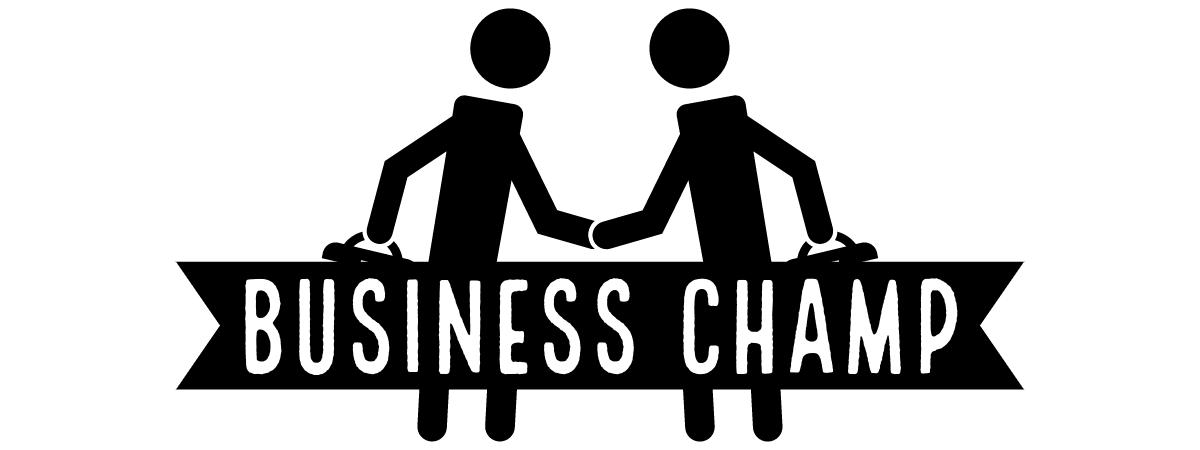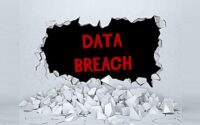The Future of Document Verification: Emerging Technologies and Trends
In a world where technology is advancing rapidly, document verification has become a crucial aspect of many industries and businesses. Document verification refers to the process of verifying the authenticity of a document, such as a passport, driver’s license, or national identification card. In 2023, document verification is expected to increase even further as more organizations adopt this technology to secure their operations.
Why is Document Verification Important?
One of the primary reasons for the increasing use of document verification is the need for organizations to ensure the identity of individuals and to prevent fraud. In many industries, such as banking and finance, healthcare, and government, verifying the authenticity of documents is essential for safeguarding sensitive information and protecting against potential fraud.
For example, in the banking industry, document verification is crucial in preventing financial crimes such as money laundering, terrorism financing, and identity theft. In healthcare, document verification helps ensure that patients receive the correct treatments and medications and that sensitive patient information is protected.
The Importance of Accurate Document Verification
Accurate document verification is vital to prevent potential fraud and to ensure that individuals are who they claim to be. Inaccurate document verification can result in significant financial losses and reputational damage for organizations. For example, if a bank fails to detect a fraudulent passport, it could release funds to an individual who is not entitled to them.
Moreover, inaccurate document verification can result in the loss of sensitive information, such as personal or financial data, which can have serious consequences for individuals and organizations.
Types of Document Verification
There are several methods of document verification, each with its own strengths and limitations. Some of the most commonly used methods include:
1. Manual Verification:
This involves reviewing a document manually to determine its authenticity. This method is time-consuming and prone to human error.
2. Optical Character Recognition (OCR):
This method involves scanning a document and using software to extract its text and convert it into a machine-readable format. OCR is fast and efficient, but it can be limited in its accuracy.
3. Biometric Verification:
This method involves using biometric data, such as fingerprints or facial recognition, to verify the identity of an individual. Biometric verification is highly accurate but can be more expensive than other methods.
4. Visual Examination:
A trained professional examine the document for signs of tampering, such as changes in font, ink, or paper quality.
5. Forensic Analysis:
This involves using technology and scientific techniques to analyze the document and its components, such as ink and paper, to determine its authenticity.
6. Databases and Registries:
Some government and private organizations maintain databases of authentic documents, which can be used to verify the authenticity of a document.
7. Database Verification:
This method involves checking the information on a document against a database to determine its authenticity. This method is efficient and cost-effective, but the accuracy and completeness of the database can limit it.
The Benefits of Document Verification
The use of document verification brings several benefits to organizations, including:
1. Increased Security:
By verifying the authenticity of documents, organizations can ensure that they are dealing with the correct individuals and that sensitive information is protected.
2. Improved Customer Experience:
Document verification services can help organizations streamline processes, reducing the time and effort required by customers to complete transactions.
3. Reduced Fraud:
By verifying the authenticity of documents, organizations can reduce the risk of fraudulent activities and minimize their financial losses.
4. Increased Compliance:
Document verification helps organizations meet regulatory requirements and maintain compliance with relevant laws and regulations.
How to Authenticate a Document
1. Verify the Source:
It is important to verify the source of the document, as well as the credentials of the person who issued it.
2. Check for Security Features:
Most authentic documents have security features, such as watermarks, holograms, and special paper, which can be used to verify their authenticity.
3. Consult an Expert:
If there is any doubt about the authenticity of a document, it is best to consult a professional who has experience in document authentication.
Conclusion
In conclusion, document verification is expected to increase in 2023 as more organizations adopt this technology to secure their operations and protect against potential fraud. Accurate document verification is crucial to prevent financial losses and the loss of sensitive information, and organizations can benefit from increased security, improved customer experience, reduced fraud, and increased compliance.



